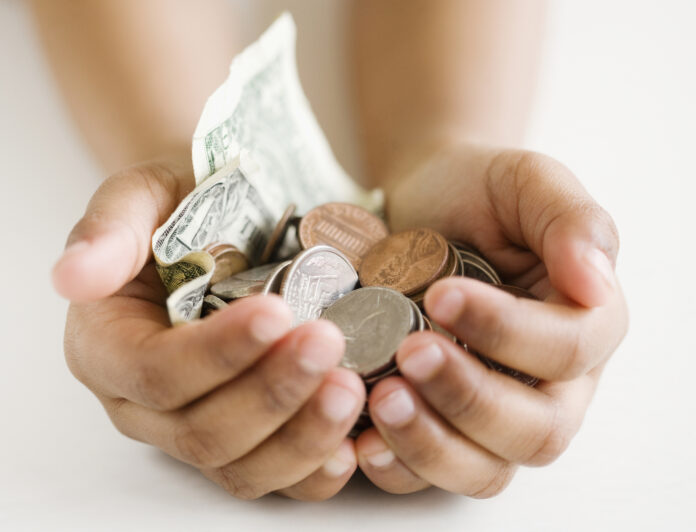Authors: Marianela Alpízar Vargas, Yuri Morales-López
Date: July 31, 2019
Link: https://repositorio.una.ac.cr/handle/11056/22288
Source: Alpízar Vargas, M., & Morales-López, Y. (2019). Teaching the topic of money in mathematics classes in primary school.
This study investigates the process of fifth-grade primary education instructors in Costa Rica implementing the topic of money in the mathematical course. This analysis will be carried out by observing the instructor’s professional development and students’ social environment, resources, and general mathematical knowledge.
When evaluating and implementing new content into curricula, studies need to accurately define classroom practices. A tool called Onto-semiotic Approach, framed by didactic sustainability, helps determine the linkage between the process and content teachers use for their curricula and what and how primary school students learn out of it. Didactic sustainability is generally defined as a “formal instruction process […] which that process or part of it meets certain criteria” (104) but this study also notes six other aspects of teaching sustainability listed in the table below: epistemic suitability, cognitive suitability, interactional suitability, mediational suitability, emotional suitability, and ecological suitability.

To dive into why mathematics, Vargas and Morales-López state that mathematics sets a foundation for other courses and everyday manual activities through the action of measuring: especially understanding the concept of money. Teaching children from the primary level the linkage between money and mathematics, not only gives them a brief taste of reality but also provides them a tool to measure value. Unfortunately, the relationship between value and money becomes complicated: the separation of bills and coins, not to mention their weights and sizes, do not reflect a consistent pattern in value. And, they also vary depending on what currency we are even discussing! So to avoid planting confusing inconsistent connections between these variables, instructors could, for example, teach finance from a quantitative context of counting, calculating, estimating, comparing, and applying them. But there is not just one solution to doing so, measurement does not simply come with one specific type of value but needs to be evaluated from different contexts.
Analysis
Encouraging individuals to be financially literate also means understanding the general system of education. With didactic sustainability being set as a benchmark in determining whether the process meets the criteria, there are six other forms of criteria (the six sustainabilities) to help set as a decision matrix in later stages of the concept development. This could also be used as a system to measure the effectiveness of other educational tools outside: for example, if what I want to look at is how effectively interactionally sustainable the product is, I could formulate a measurement to determine the relation of the types of interactable features allows the user to identify and solve the problem the tool is providing.
The connection between mathematics and financial literacy ties closely with the PISA report. With PISA report showcasing the relationship between general educational curricula content and the measurement of an individual’s financial literacy on a numeric scale, Vargas and Morales-López’s points of why they are interdependent completes the argument: someone’s financial literacy can be reflected by how well they perform in mathematics and language arts classes! And similar to how this reading ties the two components together, my final product will also have the opportunity to tie the user’s mathematical capabilities together with improving their financial literacy through adjusting familiar word problems present in math courses to financial contexts, or adjusting everyday financial contexts into simple mathematical contexts. This technique can also help minimize the confusion when putting value on certain forms of money over another.




